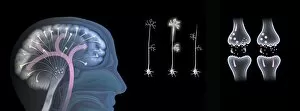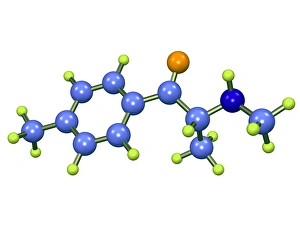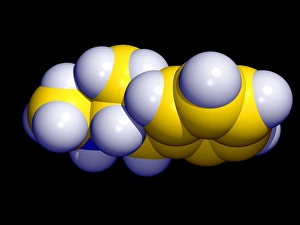Amphetamine Collection
Amphetamine, a powerful stimulant drug, is represented by its intricate molecular structure
All Professionally Made to Order for Quick Shipping
Amphetamine, a powerful stimulant drug, is represented by its intricate molecular structure. This compound has been extensively studied due to its effects on the brain function and neurotransmitter activity. Similar in structure to ecstasy (MDMA) they can induce euphoria, increased energy levels, and heightened alertness. The captivating image showcases the powder form of ecstasy, highlighting its potential impact on individuals' mental state. In contrast, methamphetamine exhibits a slightly modified chemical composition compared to amphetamine. Its molecule possesses an additional methyl group that enhances its potency and addictive properties. The artistic renderings of methamphetamine molecules further emphasize the complexity of this illicit substance. MDMA's molecular structure closely resembles both amphetamine and methamphetamine but varies in specific elements. This recreational drug is known for inducing feelings of empathy, emotional warmth, and sensory perception alterations. The micrograph presents crystal meth or methamphetamine at a microscopic level—its crystalline nature reflecting the purity often sought after by users seeking intense highs. It serves as a visual reminder of the destructive consequences associated with long-term abuse. Understanding these molecules sheds light on their profound influence on brain chemistry and behavior patterns when consumed recreationally or abused habitually.












